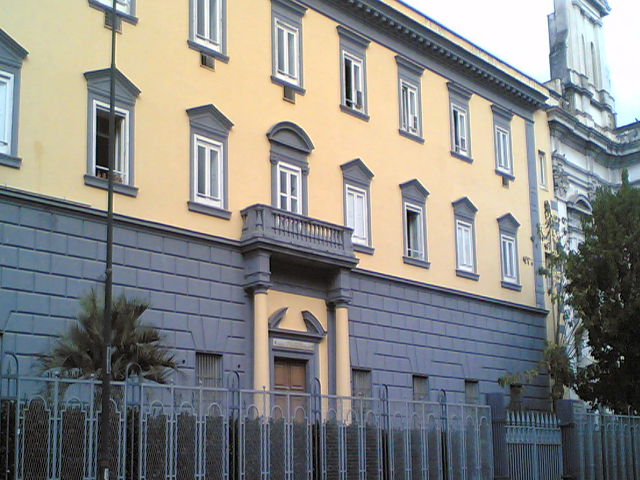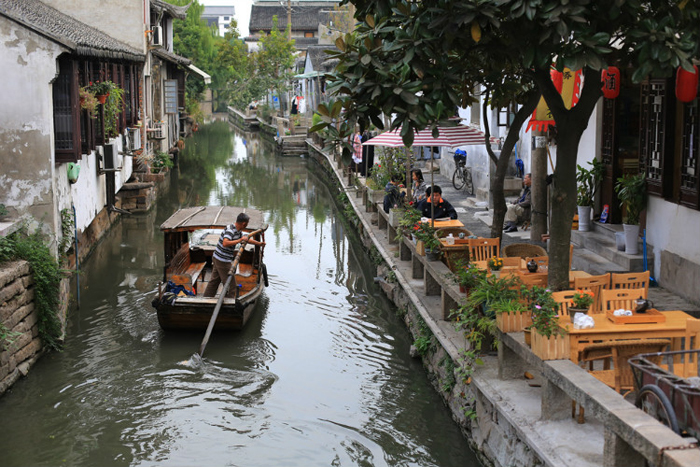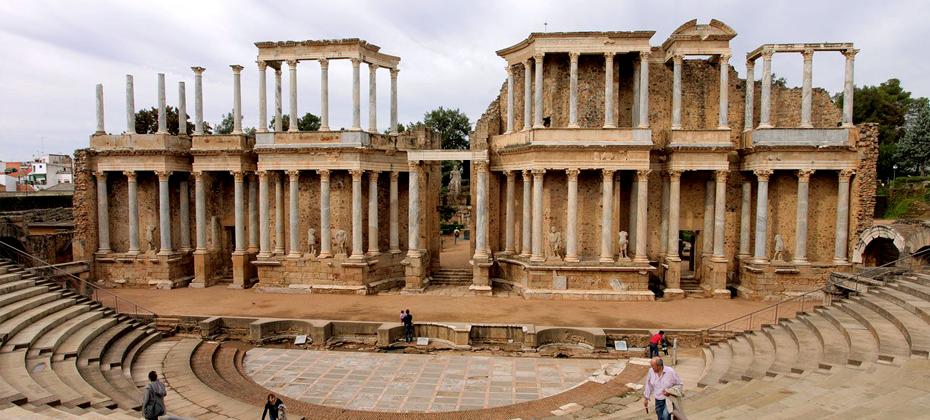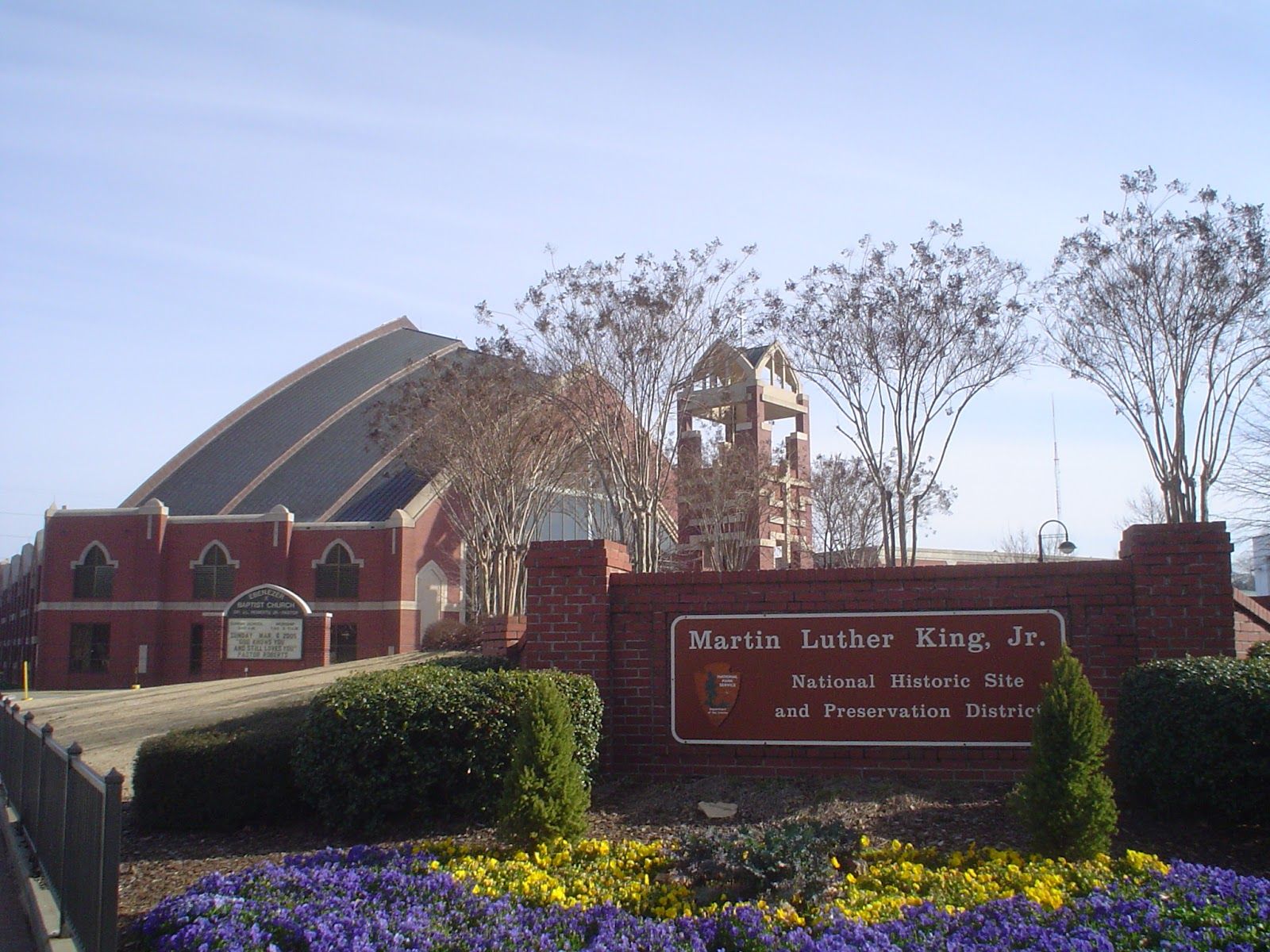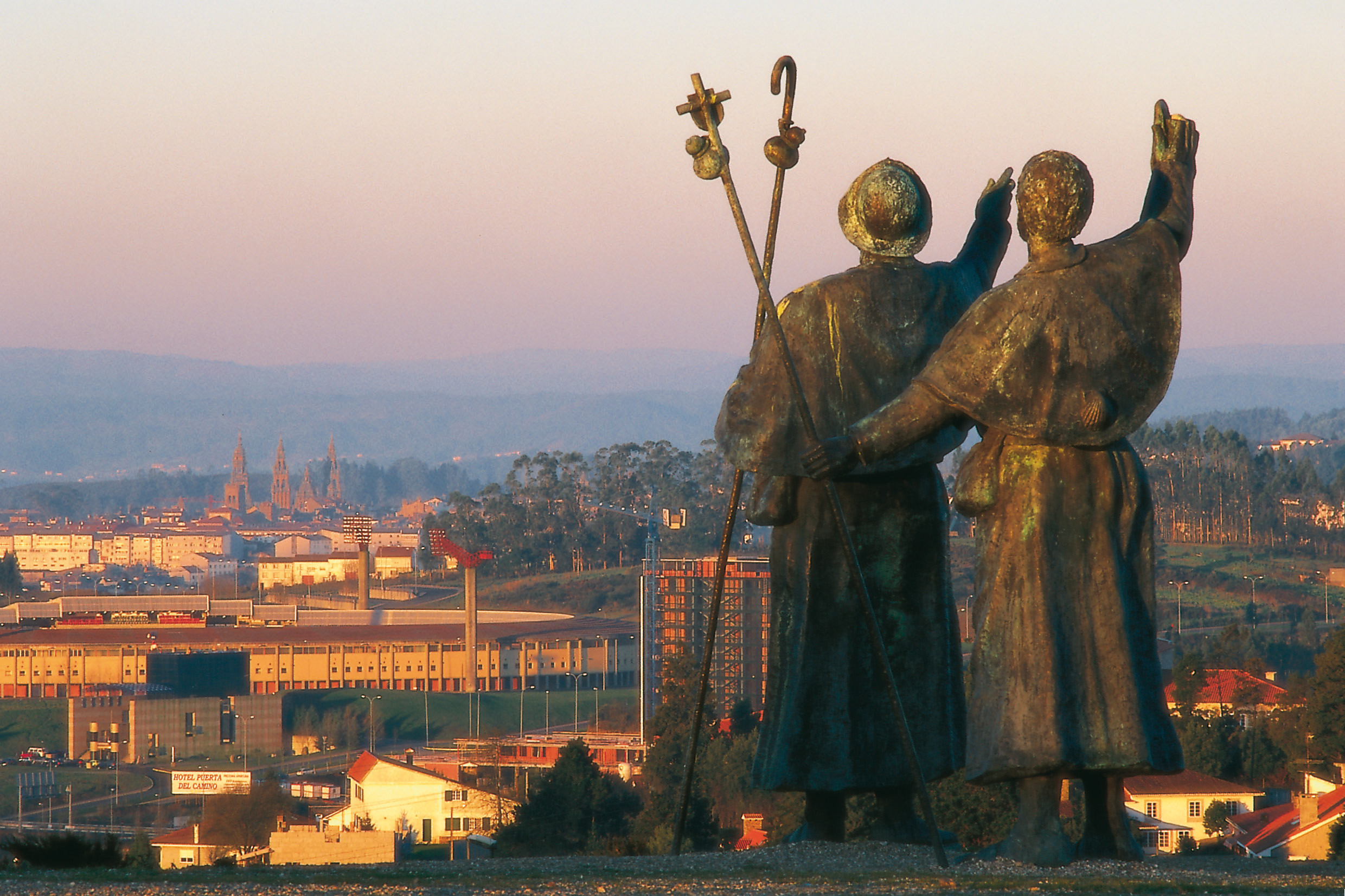This character of peripherality and amenity, as we shall see, is at the basis of both the seventeenth-century restructuring of the conventual complex, built in the sixteenth century, and the nineteenth-century decision to place the Faculty of Veterinary Medicine there. At its origin the School of Veterinary Medicine, wanted by Ferdinand IV, had found its seat in the Seraglio adjacent to the great Cavalry Barracks at Ponte della Maddalena (then Bianchini Barracks) and here it took place except for the interruptions due to the two escapes of the king to Palermo between 1798 and 1815. As part of the many initiatives taken during the French Decade to modernize the Kingdom of Naples, it was decided to establish a Veterinary School for military and civil purposes, aimed on the one hand to the care of army horses and on the other hand to that of farm animals in parallel with what was being promoted for the progress of agriculture in the Botanical Garden. Around 1813 Gioacchino Murat sent to France, at the prestigious School of Alfort, five young men "so that they could learn, with all the depth, all the branches concerning the maintenance and the healing of the livestock useful to the rural economy, and especially of the horse, and therefore they could be instructors in these different branches according to a detailed plan in accordance with what is practiced elsewhere". Among them was Nicola Rispoli, who on his return was invited to judge the suitability of the convent of S. Maria degli Angeli alle Croci as the seat of a modern veterinary school. After its suppression on July 25, 1815, the convent was already destined "(except for the church and the quarter located to the right of it) for permanent military barracks of the garrison of Naples". The favorable decision was implemented by a decree of Murat in 1815, which established a boarding school for 17 military and 33 civilians, a garden for plants necessary for veterinary medicine, an area intended for lawn and a hospital for animals. [From the book "The architectural heritage of the Friderian Athenaeum" edited by Arturo Fratta
